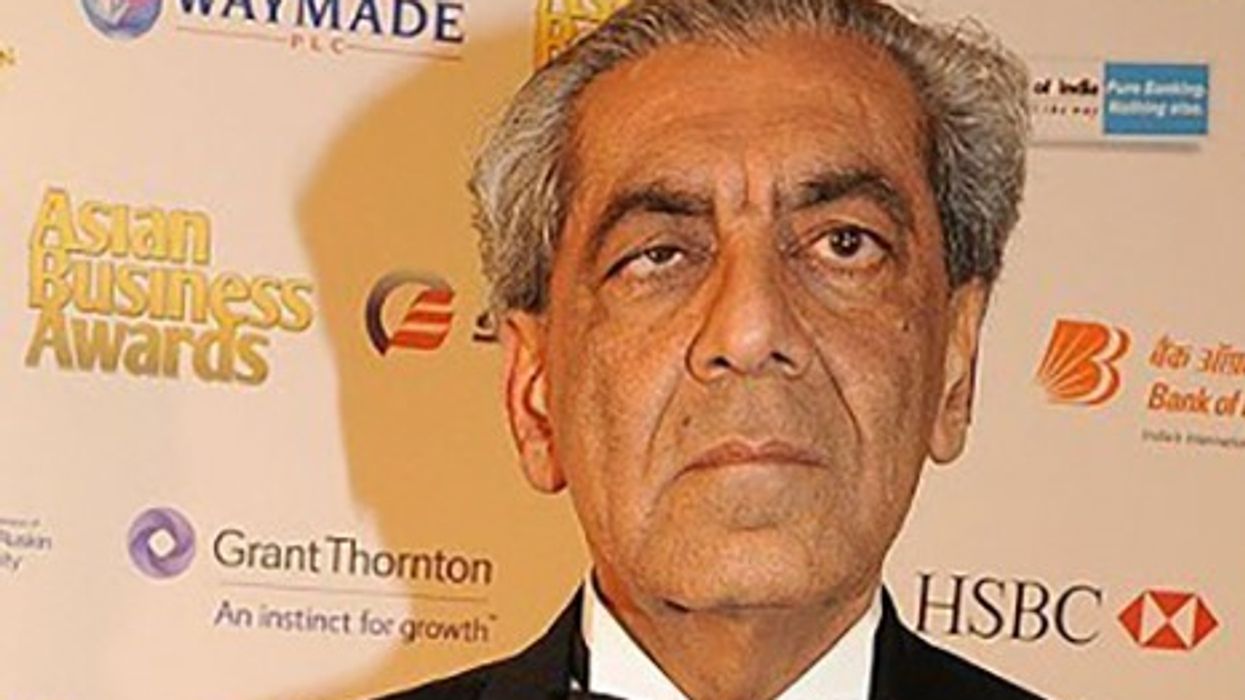POPE FRANCIS's coffin was moved to St Peter’s Basilica on Wednesday as he began lying in state, with thousands of people arriving to pay their respects ahead of Saturday’s funeral.
Crowds gathered in St Peter’s Square from early morning to see the Argentine pope, who died on Monday aged 88. Public viewing inside the basilica began at 11:00 am (0900 GMT).
Francis died in Casa Santa Marta, the residence where he lived during his 12-year papacy. His body was transferred from the chapel there to St Peter’s on Wednesday morning.
His simple wooden coffin was carried in a procession that included red-robed cardinals. It entered the basilica through the central door and was placed before the Altar of the Confession.
Anna Montoya, 33, from Mexico, said, “I had to come... it feels like I knew him.” She added, “He was a good man. He represented what the church needs to be, what Jesus wanted to teach us.”
The funeral is scheduled for Saturday and is expected to draw hundreds of thousands of pilgrims along with world leaders, including US president Donald Trump, Ukraine’s President Volodymyr Zelensky, and Britain’s Prince William.
After the funeral, the coffin will be taken to Santa Maria Maggiore, a papal basilica in Rome, where it will be interred and marked with a simple inscription: Franciscus. He will be the first pope in over a century to be buried outside the Vatican.
Italy is preparing for a large security operation around the funeral. The weekend will also be busy due to a public holiday on Friday, 25 April.
Interior Minister Matteo Piantedosi said 150 to 170 foreign delegations and tens of thousands of people are expected. Barriers and security checks are in place, and water bottles are being distributed due to the warm weather.
Pasquale Apolito, 43, a teacher from Rome, said he came early Wednesday hoping to see the pope. “I’m not sure I’ll be able to see the body but I wanted to be here today. I felt something inside me this morning that told me to come,” he said. “He was a guide for his capacity to listen, to welcome. He will be sorely missed.”
Italy has declared five days of national mourning. This is longer than the three days observed for John Paul II in 2005, but shorter than the week declared by Argentina for Francis.
Cardinals from around the world have received letters from the Holy See to return to Rome for the conclave to select the next pope. Only cardinals under 80 can vote in the conclave, which will begin between 15 and 20 days after the pope’s death.
Around 60 cardinals already in Rome met Tuesday in a general congregation to decide the funeral date.
A second meeting was scheduled for Wednesday afternoon, led by the camerlengo, Cardinal Kevin Farrell, who is overseeing day-to-day operations until a new pope is chosen.
Francis died less than a month after being discharged from hospital, where he had spent five weeks being treated for pneumonia in both lungs.
Despite doctors advising two months of rest, he continued to appear in public, though he looked tired and short of breath.
On Easter Sunday, he circled St Peter’s Square in his popemobile after mass and greeted crowds. He died the following morning at 7:35 am, after suffering a stroke, a coma, and heart failure, according to his death certificate.
Images published by the Vatican on Tuesday showed Francis lying in his open coffin at the Casa Santa Marta chapel. He was dressed in red papal vestments with a mitre and a rosary in his hands.
Sister Maria Guadeloupe Hernandez Olivo, from Mexico, said, “Very hard, very sad,” upon hearing the news of his death. “I did not expect it,” she told AFP. “I believe he's in a better place, no longer suffering, but I do feel this emptiness for our pastor.”
(With inputs from AFP)



















